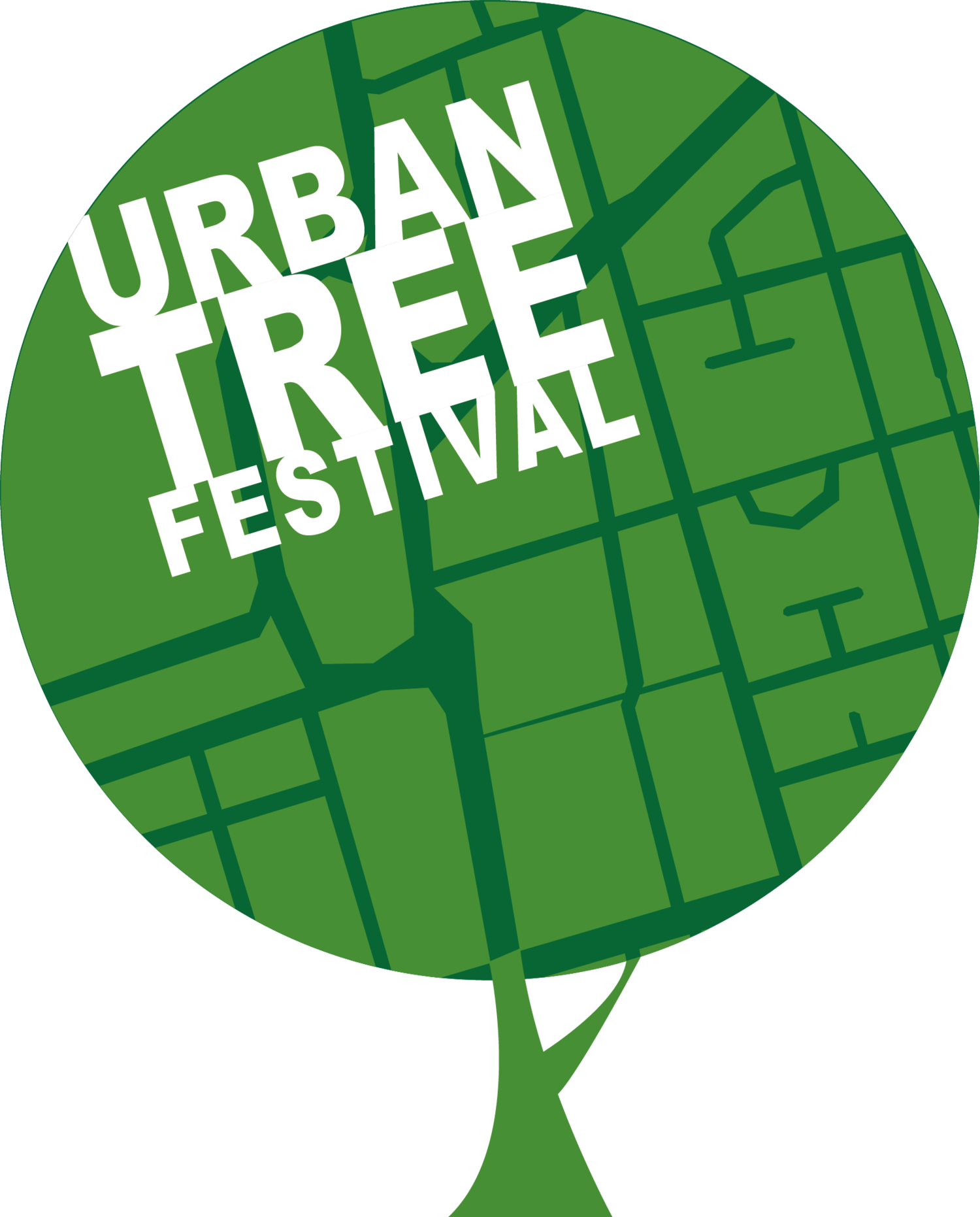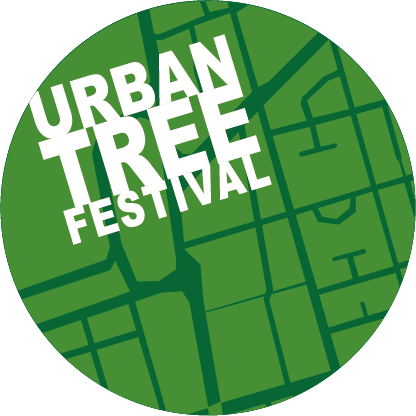A cultural history of trees?
Joanna Walforth, our writer-in-residence tells us why the cultural history of trees is so important to her, and how it has inspired the theme of the “Secrets of The Trees” for this year’s Urban Tree Festival writing competition.
The tree I wrote about in my entry for the Urban Tree Festival Writing Competition last year was real and utterly familiar to me. I appraised it as I would a painting, touching its textures until something of its secrets spoke to me. But in order to conjure a short piece of fiction around the tree, I went to where I always go first: cultural history.
Across many cultures, trees are portals to other realms, places to connect with deities or ancestors. They possess deep symbolism. When I was researching pear trees I discovered that in China, the pear symbolises longevity and wisdom. In a number of Korean legends, the pear is connected with fertility while the tree itself is associated with comfort. From cultural fragments, I thought of the fragility of my specific pear tree with its sparse and fleeting blossom, its strange location testament to its life before buildings were constructed beside it.
Pear blossom - credit: By Elf - Own work, CC BY-SA 4.0, https://commons.wikimedia.org/w/index.php?curid=3910161
We now know that trees are in hidden communication with one another, through fungal networks beneath the soil. But trees also offer us the opportunity to connect with our human histories in which they are so intimately intertwined. I think about the elder, whose name derives from the Anglo-Saxon word for fire: ‘aeld’. It is thought its hollow branches were used as bellows, keeping the home fires burning, but folkloric history tells us you must first ask permission to take the wood from the trees’ guardian, the Elder Mother. I was mistaken in thinking my neighbour’s ginkgo biloba tree was only representative of 18th-century British obsession with all things Chinese. In fact, analysis of pollen deposits indicate the ginkgo once grew here millions of years ago, before dying out long after the dinosaurs departed. Associated with resilience, ginkgos in Hiroshima were quick to send out new shoots in the devastating aftermath of the atomic bomb.
Our familiar urban trees can sometimes conceal difficult historical entanglements. Take, the plane trees which are now so synonymous with London. With a little digging, we find this species is likely a result of the age of brutal and exploitative European exploration. These broad trees are thought to be a hybrid of the American and oriental species of plane, which then arrived in Britain - via Spain - in the 17th century. From this nugget of history, my mind wanders to a figure newly arrived in the city, perhaps far from a home to which they can no longer return.
Plane trees line a Pimlico street - credit: Paul Wood
In addition to what I imagine is warm, companionable communication, trees are known to live together in interdependent communities, flexing to share sunlight and pumping nutrients into the ground to the benefit of smaller or older trees. What do they need to make homes together? What do we need? And can looking to our pasts help us better imagine the stories of our present?
I am indebted to this fascinating cultural and historical guide to our urban trees: Helen Babbs, Sylvan Cities: An urban tree guide, (Atlantic Books, 2019).
Read Joanna’s winning piece from the Urban Tree Festival writing competition in 2022: “The Survivor Tree”.
Find out more and enter the 2023 writing competition on the walk · listen · create website here and join a free creative writing online workshop co-facilitated by Joanna on Sunday 4 December 2022 here.
Feature image credit: Paul Wood



